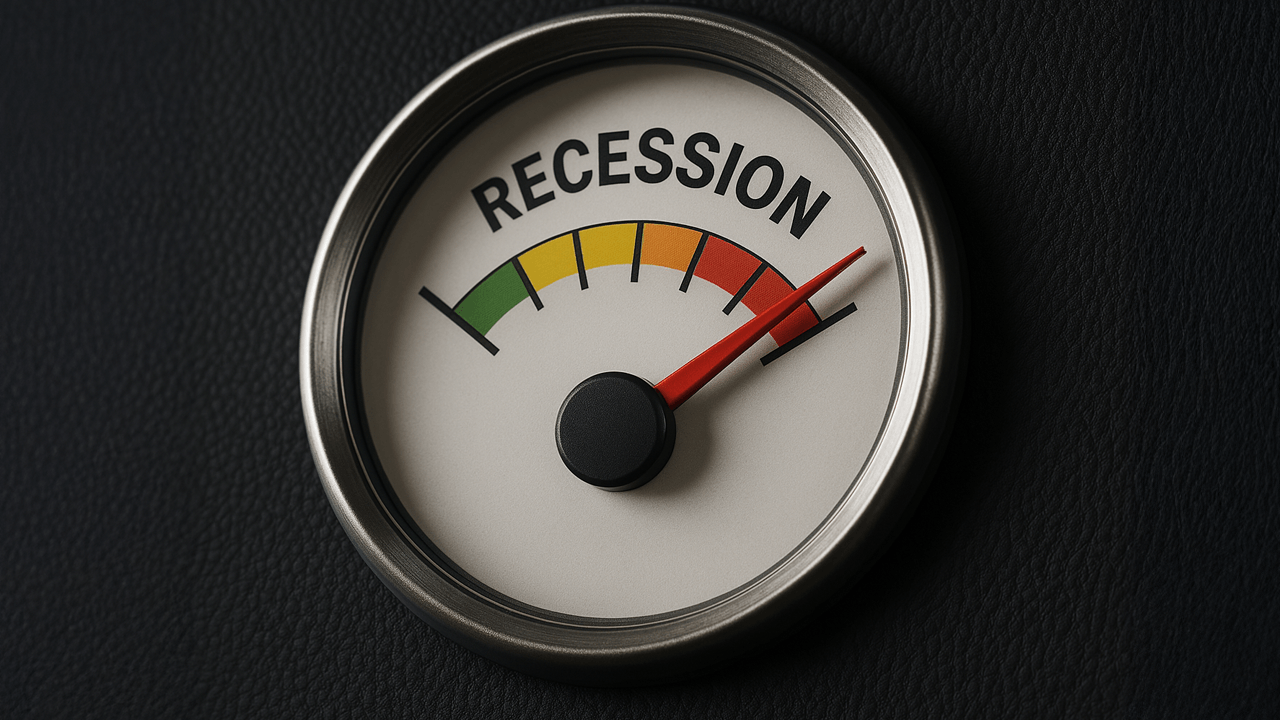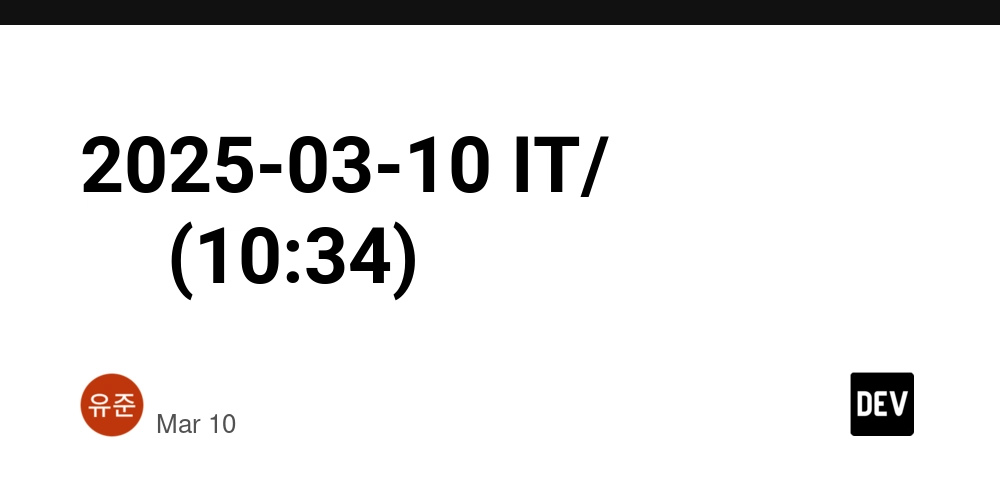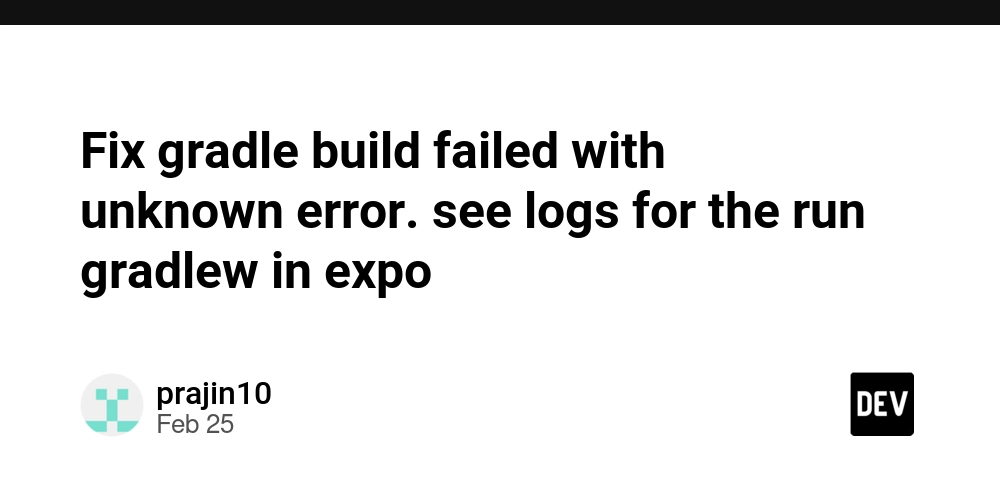Handling App Crashes & Logging Errors to Firebase in React Native
When working with React Native, handling errors and crashes gracefully is critical for improving user experience and debugging. This guide will cover: ✅ Using react-native-error-boundary to catch errors. ✅ Sending crash logs to Firebase Analytics for monitoring. 1️⃣ Why Use react-native-error-boundary? Catches uncaught JavaScript errors and prevents app crashes. Displays a custom fallback UI instead of a blank screen. Helps in tracking and debugging errors efficiently. 2️⃣ Install Dependencies First, install the required dependencies: npm install react-native-error-boundary @react-native-firebase/app @react-native-firebase/analytics 3️⃣ Create a Global Error Boundary Component This component will wrap the entire app and catch unhandled JavaScript errors.
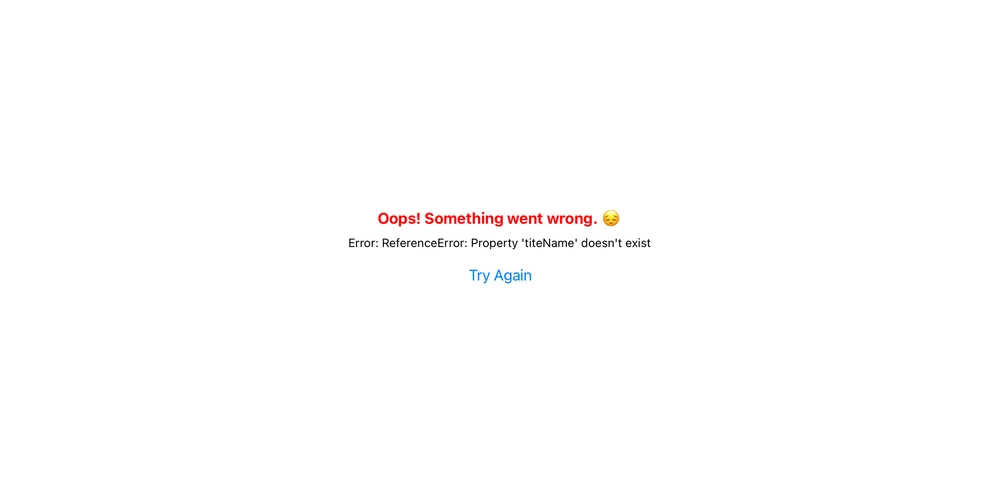
When working with React Native, handling errors and crashes gracefully is critical for improving user experience and debugging. This guide will cover:
✅ Using react-native-error-boundary to catch errors.
✅ Sending crash logs to Firebase Analytics for monitoring.
1️⃣ Why Use react-native-error-boundary?
- Catches uncaught JavaScript errors and prevents app crashes.
- Displays a custom fallback UI instead of a blank screen.
- Helps in tracking and debugging errors efficiently.
2️⃣ Install Dependencies
First, install the required dependencies:
npm install react-native-error-boundary @react-native-firebase/app @react-native-firebase/analytics
3️⃣ Create a Global Error Boundary Component
This component will wrap the entire app and catch unhandled JavaScript errors.












































































































































































![[The AI Show Episode 142]: ChatGPT’s New Image Generator, Studio Ghibli Craze and Backlash, Gemini 2.5, OpenAI Academy, 4o Updates, Vibe Marketing & xAI Acquires X](https://www.marketingaiinstitute.com/hubfs/ep%20142%20cover.png)















































































































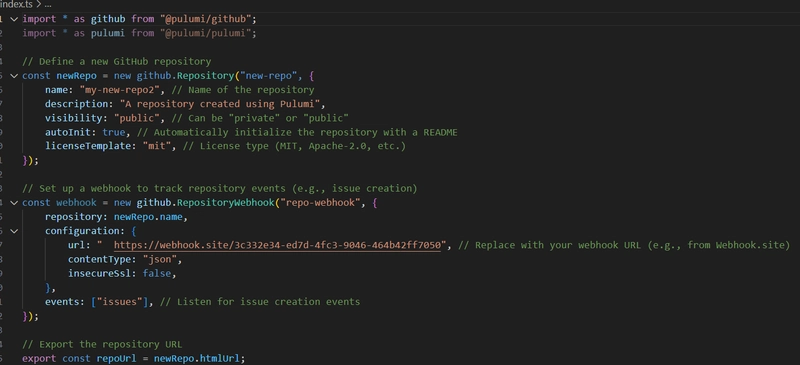











![[FREE EBOOKS] The Kubernetes Bible, The Ultimate Linux Shell Scripting Guide & Four More Best Selling Titles](https://www.javacodegeeks.com/wp-content/uploads/2012/12/jcg-logo.jpg)



![From drop-out to software architect with Jason Lengstorf [Podcast #167]](https://cdn.hashnode.com/res/hashnode/image/upload/v1743796461357/f3d19cd7-e6f5-4d7c-8bfc-eb974bc8da68.png?#)






































































































.png?#)




.jpg?#)































_Christophe_Coat_Alamy.jpg?#)






































































































![Rapidus in Talks With Apple as It Accelerates Toward 2nm Chip Production [Report]](https://www.iclarified.com/images/news/96937/96937/96937-640.jpg)





























































































































